The Singapore Series – Chapter 2

Migration
Geographically small and without local resources, Singapore has historically based its entire survival on the presence of the sea as a strategic location to commerce. A city port and a global trading hot spot since the beginning, creating a good relationship with the region and projecting a reliable image has always been key. In shaping their identity, the Singaporeans couldn’t afford to be purely preoccupied by the way they perceive themselves, but also in the relationship they have with the outside world.
These two narratives are not parallel, but blend into each other. Singapore is a city in constant and rapid flux; his port is bustling with activity and the airport is almost a mandatory stop for fights to and from Asia. You would expect that in such a mobile space, “the local” and “the other” won’t look that different. However, those who aspire to become locals learn quickly that the papers granting Singaporean citizenship can’t really grant a inner sense of belonging to the individual and they don’t make the community accept you.
This goes also for the many immigrant workers from Philippines, Indonesia, Bangladesh and many other countries Singapore has historically been a dwelling for. Most of them have been moved by the same factor which has historically pushed and continues pushing migrants around seas: the perspective of survival, or the dream of a better life, or better earnings to sustain the family back home. Some people from the biggest ethnic group in Singapore, the Chinese, have lived in the region for generations and no longer speak their native language. They have been called “Peranakan”, and their culture developed in an independent way, becoming a thing of its own.
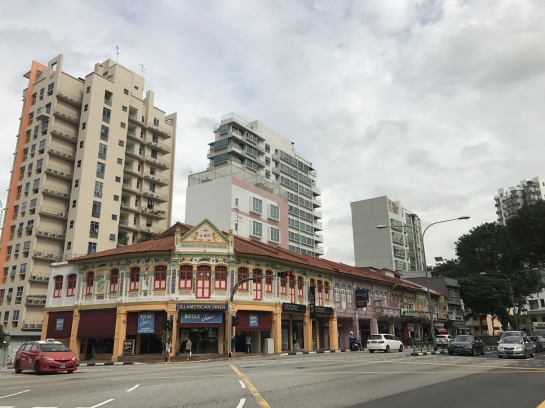
When we look at those who moved long-term to the Lion City in recent times, they come from two main groups and have completely different expectations and conditions and we can safely sat that live in two parallel cities. The first group is the professional expats who live in condos in fancy neighbourhoods and come for the high-end jobs. Their company generally pays for their insurance, rent and expenses. The second group is that of migrant workers, many of whom end up taking positions as domestics and other low-end jobs. They often live in the house of their employer, without enjoying space and facilities.
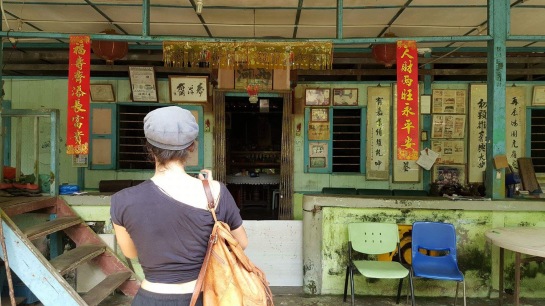
For a nation priding itself on its multiculturalism, the contradiction appears when beyond the façade image, the nation is pushing an exclusive agenda versus a politic of inclusion and compassion. The vision is to create educated and professional individuals, in a planning scheme that doesn’t allow for mistakes, in order to reach a ‘world-class’ status. However, in this framework, how does the nation relate to the often uneducated, unskilled migrants? Most of the time, they are just invisible. For the time being, what we see is just the better face of immigration, the cosmopolitan, global allure of the ‘expats’, professionals brought to Singapore for their ‘world-class’ skills, capacity and knowledge to make the nation grow and – sometimes – for the prestige of their status itself. But this is only a partial picture.
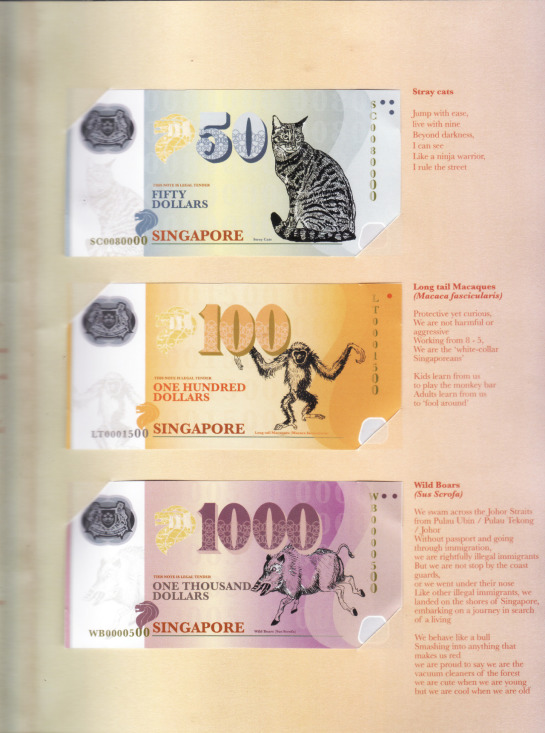
In this sense, the work ‘Nature Notes’, by emerging artist Chu Hao Pei is emblematic. The series replicates Singaporean banknotes, with a direct reference to the Bird series money notes in the 1970s. In the work, the noble animals are substituted with common creatures which have adapted and dominated Singapore in recent years and are now populating the city-state. Aside from not being considered “photogenic”, many of these are also non-native animals introduced into Singapore. The birds in the 1970s bird series notes for example have been driven to the brink of extinction. A new group of animals have arrived and assimilated to the ever-changing environment – cockroaches, mosquitoes, crows, stray cats, macaques and wild boars. The parallel is between the migrant nature of Singapore’s current population and the ‘propaganda image’ the nation-state wants to convey of itself.
We are like Kleenex: being an expat artist
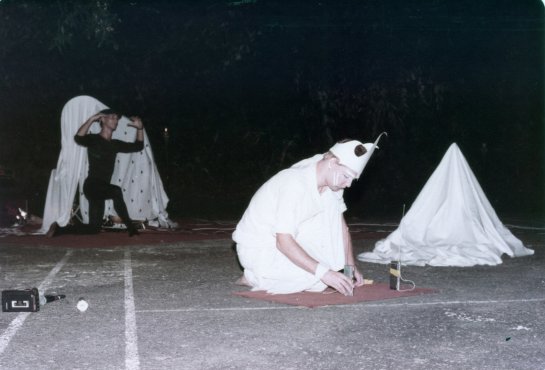
We mentioned the expats coming from the West to work for big corporations or institutions as a privileged category among the newcomers to the Lion City. However, even for westerners, it’s not all roses – especially if you decide to come as an individual, rather than with an organisation, and for some reason you decide to become an artist.
“I’m not really sure I’d like to age in Singapore,” French-born artist and LaSalle professor Gilles Massot told me one afternoon. He pointed out that it’s one thing if you are a rich guy from some corporation, with a private pension, but for a European artist, coming from a welfare state which take care of elders, the perspective of aging in a HDB looked grim: “The minute you stop working, you are useless for the state. We are like Kleenex, you know.” Surprisingly, this is not only valid for foreigners, but also for older Singaporeans themselves.
I have heard many professional workers complaining in the face of the uncertainty and disaffections working in Singapore provides, compared to other countries. An important woman who was in a position of power in one of the major art schools of Singapore, was dismissed and sent back home at a moment’s notice; “They make us come here and then they treat us like shit”, she said understandably angry and frustrated withe the situation.
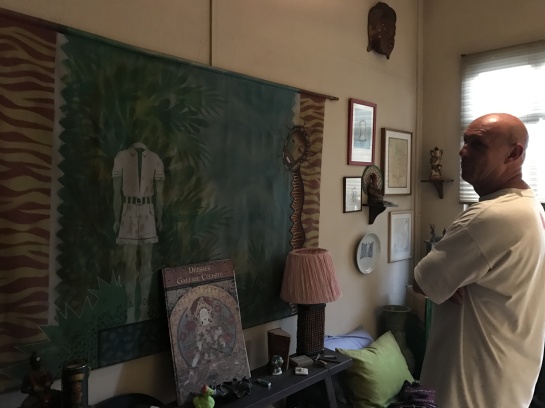
I have witnessed a few of these cases. At the beginning of 2017, for a short time I shared a house with Italian artist Giada Tagliamonte in Joo Chiat. She studied at LASALLE College of the Arts, and was a bit of a nomad. She was hailing from Vicenza, Italy and she had lived in different cities around the world during the course of her life, including Seattle, Hong Kong and finally Singapore. Like many of these figures crossing across East and West, her work tried to bridge cultures, drawing from pre-Renaissance painter Giotto and mingling it with Pippillotti Rist and Eastern concepts – the result being truly original and fresh. In Singapore her work was appreciated, as she started taking commission from the Tourism Board for public projects.
However, the gods of bureaucracy were against the artist. In order to stay, she explained to me that she had to guarantee her profitability for the local economy. As an artist, she obviously couldn’t guarantee that regular, high income which was required. In the past few years she tried different solutions, founding her own company to try to qualify, but in the past year the required income became much higher, and it became impossible to sustain for an emerging artist. “If you’re not profitable to them, they don’t care about you”, she said matter-of-factly, without any bitterness, but only with a veil of sadness.

In the end, she moved out from her Joo Chiat place, and decided to start living out of a suitcase. One image that stuck in my mind was seeing her a few days before she left, sitting in front of the big window overlooking the roofs of Joo Chiat with a cup of green tea in her hand, the other caressing her red cat Toki sitting in her lap: “I took him in Hong Kong, and he travelled with me all around. Looks like the poor fellow will have to experience another intercontinental trip. This morning I went all the way to Jurong to fill out the necessary documents to bring the cat with me. I’ll get back to Italy and then, who knows? Travelling around Europe, living out of a suitcase. It’s scary and exciting. Like an adventure.”
In her boyish look and light dress, she looked like the Pinterest picture representing my generation; constantly looking for their place in the world, really not expecting much from government, but putting a lot of expectations – and often anxieties – on what we can do ourselves. Sometimes deeply sad because of this very reason, but other times excited to take all the adverse circumstances on as an adventure. One which is not-so-fun to live but oh-so-fun to tell.
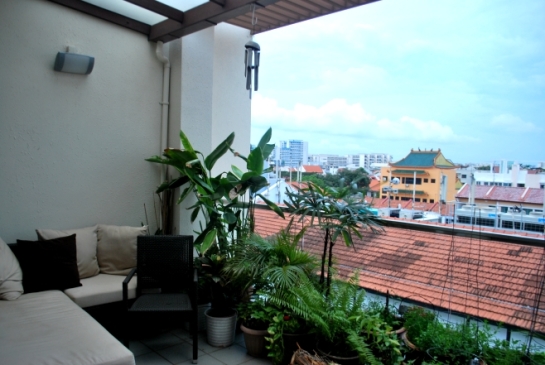
The only artists who can afford to stay in Singapore are those who don’t have to meet these requirements. An example are those who are married to locals or expats – which is often the reason why they decided to come to Singapore in the first place. Belinda Fox is a Melbourne-born and trained artist who now calls Singapore home. With gallery representation in Sydney, Melbourne, Hong Kong and Singapore, her work is praised by critics and sought after by collectors. She has always been drawn to Asia and her artwork has been influenced by her travels for many years. The opportunity to move to Singapore came when her husband started a job there. Belinda was impressed by how fresh the local art scene was: “I feel that I arrived in Singapore at a good and exciting turning point.” She thinks that relocating to the Lion City has helped her gain momentum: “Once I moved to Singapore, it was like the whole world opened up for me. My career grew wings and the limits of my ambitions were not confined only to Melbourne and Sydney. Living in the region allows me more travel opportunities and discoveries.”
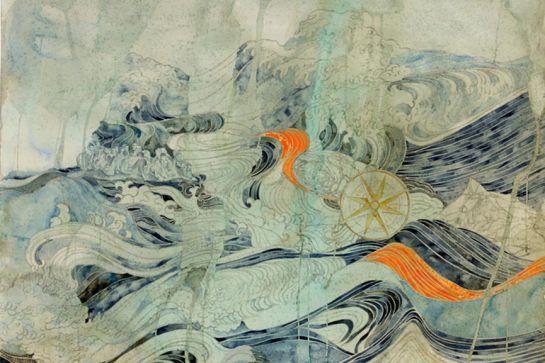
Representation by local gallery Chan Hampe (today transmuted into Chan+Hori) came almost immediately: “I knew about Chan Hampe Galleries before I moved. I liked the work they showed, so once I had settled in, I visited the gallery and met up with the director. We got along instantly – he was already familiar with my work. He offered me a show straight up. It was pretty amazing! It doesn’t usually work that way. I was lucky.” She developed a great relationship with the gallery and she participated in shows which have helped her to be taken seriously by the local art market, to access an international public and to meet top collectors. “That’s the best part of being based in Singapore, and it is satisfying to see your work being appreciated by such a diverse audience.” Of course, she doesn’t hide the challenges that living in Singapore presents: “The costs of living and renting in Singapore are crazy high. Good quality and diverse art materials are hard to get and sending art work back to Australia via courier is really expensive. This makes life difficult if sales are not good. I went through some tough days in that first year and I’m lucky things have gone well lately to cover these extra costs.
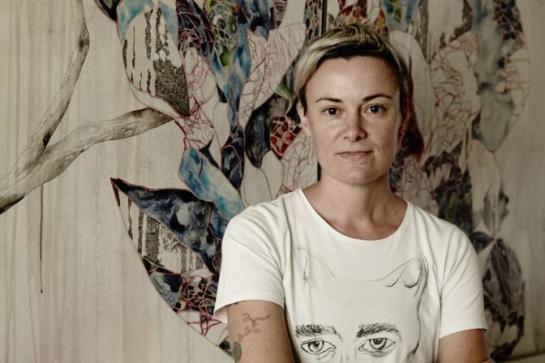
Most artists living in Singapore really struggle to have studio spaces because rent is so high.” What she learned was that it takes time to meet people and for the local community to know you are genuine and serious. Furthermore, cultural differences are inevitable: “There is no guarantee your work will connect with a new place. Time is the key – and slowly I am feeling more and more part of the art community.” She advises artists to not chose to move to Singapore government solely lured by the incentives. “Funding for expats is very difficult, if not impossible. Coming here, you need to find your own opportunities and be resourceful.”



